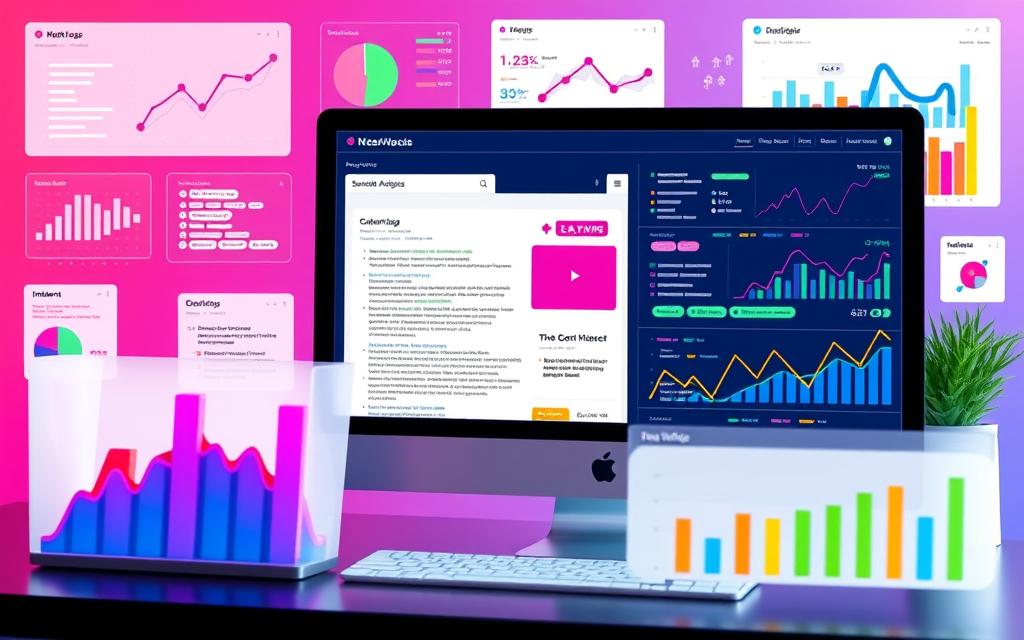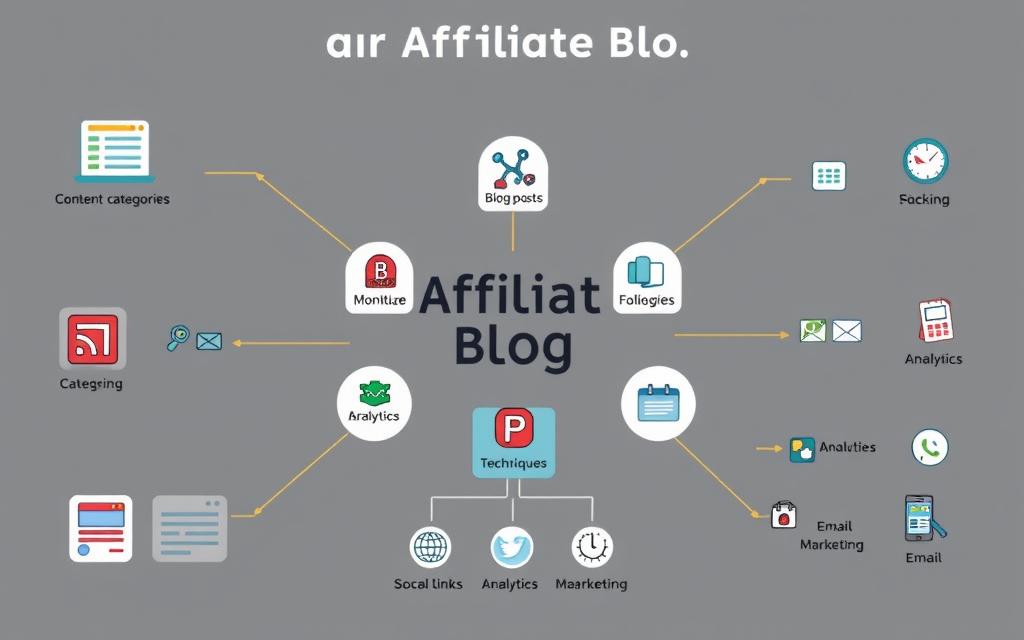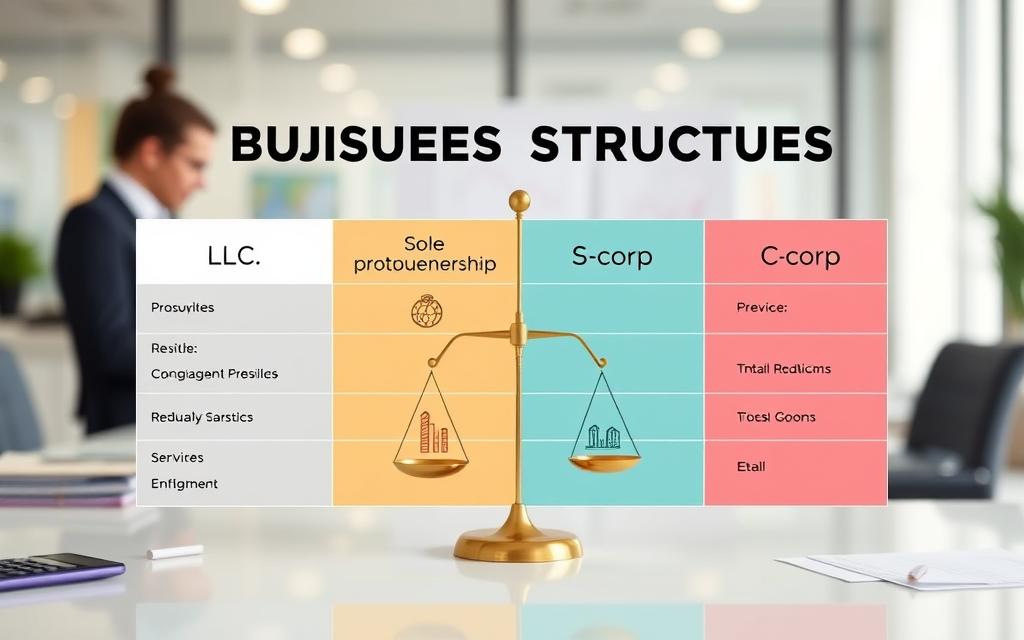In today’s digital world, having a strong online presence is key for businesses. Search engine optimization (SEO) is a powerful way to make your website more visible. It helps attract more visitors who are likely to be interested in what you offer.
Want to know how to boost your website’s rankings and get more organic traffic? This guide on search engine optimization will show you how. You’ll learn proven strategies to boost your online success.
Key Takeaways
- Search engine optimization (SEO) is the process of optimizing your website and its content to improve its visibility and ranking in search engine results.
- Effective SEO strategies can help you attract more qualified leads, increase website traffic, and outperform your competitors in the search engine results pages (SERPs).
- SEO involves a combination of on-page, off-page, and technical optimizations to ensure your website is easily discoverable and provides a positive user experience.
- Staying up-to-date with the latest search engine algorithms and industry best practices is crucial for maintaining a strong online presence.
- Investing in SEO can have a significant long-term impact on your business, driving sustainable growth and higher return on investment.
What is Search Engine Optimization?
In today’s world, having a strong online presence is key for businesses. Search engine optimization (SEO) plays a big role here. It helps websites show up higher in search results. SEO makes your website more visible and attracts more keyword research from your audience.
Definition of SEO
SEO makes your website better for search engines. It improves your website’s content, structure, and user experience. This way, businesses can get more digital marketing strategy traffic and reach their goals.
Importance of SEO in Digital Marketing
SEO is vital in today’s online world. It helps your website rank better in search results. By doing SEO well, you can:
- Make your website easier for people to find
- Get more visitors who are really interested in what you offer
- Show that your brand is trustworthy and knowledgeable in your field
- Beat your competitors in search results
- Get more people to take action on your site, which can help your business grow
Good keyword research and smart SEO can unlock your business’s online success. It helps you stand out in the digital world.
“SEO is not just about getting traffic to your website, but about getting the right kind of traffic – the kind that will engage with your content and take the actions you want them to take.”
Key Components of SEO
Search Engine Optimization (SEO) is a complex field with many parts. Each part is crucial for making a website more visible online and improving its ranking in search engines. These parts fall into three main areas: on-page SEO, off-page SEO, and technical SEO.
On-Page SEO
On-page SEO deals with making individual web pages better for search engines. It includes on-page optimization like improving page titles, meta descriptions, headings, and content. This makes the pages more relevant to the keywords and what users are searching for.
Off-Page SEO
Off-page SEO looks at actions outside a website, like link building. Getting backlinks from good and relevant sites boosts a website’s authority and trust. Search engines see this as a positive sign.
Technical SEO
Technical SEO focuses on the website’s technical aspects that affect its visibility and performance. It includes making the site faster, mobile-friendly, and easy to navigate. This ensures a better user experience, which helps with technical SEO.
| SEO Component | Key Strategies | Impact on SEO |
|---|---|---|
| On-Page SEO |
|
Improves relevance and user experience |
| Off-Page SEO |
|
Enhances website authority and credibility |
| Technical SEO |
|
Ensures a seamless user experience and technical compliance |
By focusing on these three main areas of SEO, businesses can create a strong plan. This plan helps improve their online presence, attract more visitors, and increase their search engine rankings.

Understanding Search Engine Algorithms
The world of SEO is all about the complex algorithms of search engines like Google. These algorithms change often, making it key for marketers and website owners to keep up and adjust their plans.
How Search Engines Work
At the heart of search engine algorithms is crawling, indexing, and ranking web pages. Search engine bots, or “spiders,” are always online, gathering data on web pages. They look at content, structure, and how relevant pages are. This data is stored in the search engine’s index, ready to be used when users search.
Major Algorithm Updates
Search engines have made big changes over the years, affecting SEO. For example, Google’s Panda update in 2011 aimed at low-quality content. The Penguin update in 2012 went after websites with spammy backlinks. And in 2019, BERT improved how search engines understand natural language, helping them get what users really want.
| Algorithm Update | Year | Key Focus |
|---|---|---|
| Panda | 2011 | Low-quality and thin content |
| Penguin | 2012 | Spammy backlink profiles |
| BERT | 2019 | Natural language processing |
Knowing how search engine algorithms have evolved is vital for good search engine optimization. It helps keep your website seen and relevant in the ever-changing digital world.
Conducting Keyword Research
Keyword research is key for any good content marketing and SEO plan. It’s about finding the right words and phrases people are looking for. Knowing what your customers want helps you make content they’ll love and find easier online.
Tools for Keyword Research
Many tools can help you find great keywords. Google Keyword Planner, Ahrefs, Semrush, and Ubersuggest are some top picks. They give you info on how often people search for things, how competitive they are, and related keywords. This helps you pick the best keywords to aim for.
Long-Tail vs. Short-Tail Keywords
- Long-tail keywords are specific and often longer. They have less search volume but can lead to more sales. They’re great for targeting specific groups and are less competitive.
- Short-tail keywords are broader and have more search volume. But, they’re also more competitive. They can bring a lot of traffic, but it’s harder to rank for them, especially for new sites.
Using both long-tail and short-tail keywords in your content is smart. It helps you reach different types of searches and boosts your chances of ranking well in search results.
“Effective keyword research is the foundation of any successful content marketing and SEO strategy. It helps you understand your audience, create targeted content, and improve your visibility in search engine results.”
| Keyword Type | Search Volume | Competition | Conversion Potential |
|---|---|---|---|
| Long-tail | Lower | Lower | Higher |
| Short-tail | Higher | Higher | Lower |
Crafting Quality Content
In the world of search engine optimization (SEO), your content’s quality is key. Creating original, engaging, and informative content is crucial. It helps boost your website’s rankings and attracts potential customers. By using the right keywords and content marketing strategies, you can make your online presence more visible and impactful.
Importance of Original Content
Search engines value unique, valuable content that offers real insights and solutions. Duplicate or low-quality content can harm your SEO and lose audience trust. Original, thought-provoking content shows your expertise, makes your brand reliable, and keeps visitors interested.
Utilizing Keywords Strategically
Keyword optimization is vital in content creation. Do thorough keyword research to find what your audience is looking for. Make sure to include these keywords naturally in your content. This improves readability and the user experience.
- Find relevant, high-performing keywords that match your business and industry.
- Use keywords in titles, headings, and body text.
- Avoid keyword stuffing to keep rankings and user experience high.
- Optimize meta tags like title tags and meta descriptions to highlight your content’s relevance.

“The key to successful content marketing is to create content so good, so useful and so relevant that people will naturally want to share it with others.” – Jay Baer
By focusing on quality content and smart keyword optimization, you can improve your website’s search engine ranking. This attracts a targeted audience and builds a strong online presence. It drives meaningful engagement and conversions.
Optimizing On-Page Elements
In the world of search engine optimization (SEO), optimizing on-page elements is key. Things like title tags, meta descriptions, headings, and structured data are vital. They help your website show up better on search engine results pages (SERPs).
Title Tags and Meta Descriptions
Title tags and meta descriptions are your website’s first impression. They grab the attention of potential visitors. Writing catchy and keyword-rich title tags and meta descriptions can boost your click-through rates. This means more people will visit your site.
Headings and Structured Data
Using headings and structured data is also important. Headings, marked by H1, H2, and H3 tags, help search engines understand your content. Structured data adds more context to your web pages. This makes them easier to find and understand.
By focusing on these on-page elements, you can improve your website’s on-page optimization. This can lead to better rankings in search engines. More targeted traffic and potential customers will find their way to your site.
Building Quality Backlinks
In the world of SEO, getting quality backlinks is key. Backlinks are links from other sites to yours. They tell search engines your content is valuable and should rank higher.
What Are Backlinks?
Backlinks are a big part of off-page SEO. They connect your site to others. The more good backlinks you get, the more authority your site has with search engines. You can get backlinks from blogs, press releases, guest posts, and more.
Strategies for Earning Backlinks
To build a strong link building profile, you need a few strategies. Here are some ways to get quality off-page SEO backlinks:
- Content Marketing: Make content that others will want to link to. This could be blog posts, infographics, or resources.
- Guest Posting: Write for other blogs and websites. Ask for a backlink to your site in return.
- Digital PR: Use press releases and media coverage to get backlinks from important sites.
- Broken Link Building: Find broken links and offer your content as a replacement.
- Directories and Citations: List your business in online directories. This helps with local link building and SEO.
By using a smart link building plan, you can improve your site’s search engine ranking. This brings more visitors to your site.
The Role of Mobile Optimization
In today’s world, mobile optimization is key. More people use smartphones and tablets to go online. Having a website that works well on mobile is crucial for digital marketing success.
Importance of Mobile-Friendly Websites
Mobile optimization is essential, not just a nice-to-have. Search engines like Google favor websites that work well on mobile. A site that doesn’t work on mobile can hurt your business, from user engagement to lead generation.
Best Practices for Mobile Optimization
To make your website mobile-friendly, follow these tips:
- Responsive Design: Use a design that changes to fit any screen size. This ensures a great experience on all devices.
- Fast Loading Times: Make your site fast by compressing images and using caching. This is especially important on mobile networks.
- Simplified Navigation: Make your menu and interface easy to use on mobile. This helps users find what they need quickly.
- Mobile-Friendly Content: Keep your content short and easy to read on small screens. Use clear calls-to-action to guide users.
By focusing on mobile optimization, you can improve your website’s visibility and user experience. This is key for success in the mobile-first world of digital marketing.
| Key Metric | Importance for Mobile Optimization |
|---|---|
| Bounce Rate | A high bounce rate on mobile means your site needs more work to improve user experience. |
| Time on Page | If users spend a lot of time on your mobile site, it means they find it engaging. |
| Conversion Rate | Tracking mobile conversions helps you see where to improve to get better results. |
“In a mobile-first world, businesses that fail to prioritize mobile optimization risk being left behind. A seamless, responsive mobile experience is no longer a luxury, but a necessity for success.”
Monitoring and Analyzing SEO Performance
In the fast-paced world of digital marketing, SEO analytics and tracking are key for businesses. They help improve online presence and drive growth. By watching important metrics, marketers can see how well their SEO works. They can then make smart choices to improve their strategy.
Key Metrics to Track
- Organic traffic: Check how many visitors find your site through search engines.
- Keyword rankings: See where your site ranks for important keywords in search results.
- Conversion rates: Look at how many visitors do what you want them to, like buying something.
- Bounce rate: Find out how long people stay on your site and where you can get better.
- Backlink profile: Watch the number and quality of links to your site, important for SEO performance tracking.
Tools for SEO Analysis
There are many SEO analytics tools to help businesses check their online performance. Google Analytics, Google Search Console, Ahrefs, SEMrush, and Moz are some of the most popular. Each tool has special features to meet different needs and budgets.
Using these tools and keeping an eye on your SEO metrics can help you understand your site better. You can spot areas to get better and make smart choices to boost your digital marketing plan.
“Effective SEO is not about gaming Google. It’s about building great products and making them easy to discover.” – Rand Fishkin, Co-founder of Moz
Local SEO Strategies
In today’s digital world, local SEO is key for businesses wanting to be seen online and attract nearby customers. By making your website and online listings better for local searches, you can stand out. This way, you reach the right people.
Importance of Local SEO
Local SEO is vital for businesses in a specific area, like stores, service providers, or restaurants. It helps you show up in Google searches, making it easier for local customers to find you.
Optimizing for Local Searches
- Claim and optimize your Google My Business listing: Make sure your business info, like name, address, and website, is correct and current.
- Optimize your website for local keywords: Use location-specific words in your content and URLs to show search engines where you are.
- Build local citations and backlinks: List your business on local directories and reputable websites to get more online visibility.
- Encourage customer reviews: Good reviews on Google, Yelp, and Facebook can boost your local SEO and make your business more trustworthy.
By using these local SEO tips, you can get better search rankings, more local website visitors, and more customers. This can turn local visitors into loyal fans of your business.
Future Trends in SEO
Search engine optimization (SEO) is changing fast. Two big trends are voice search optimization and artificial intelligence (AI) integration.
Voice Search Optimization
Voice-activated assistants like Amazon’s Alexa and Google Assistant are becoming more popular. They change how we search online. Instead of typing, we use natural language to ask questions.
Businesses need to make their content easy to find for these voice searches. This means making sure their websites are set up to work well with voice assistants.
AI and SEO Innovations
Artificial intelligence (AI) is making a big impact on SEO. AI tools help with content creation, optimization, and analyzing data. They give SEO experts valuable insights into how users behave online.
With AI, SEO professionals can make better decisions. They can improve their websites’ visibility and rankings based on data.












Leave a Reply